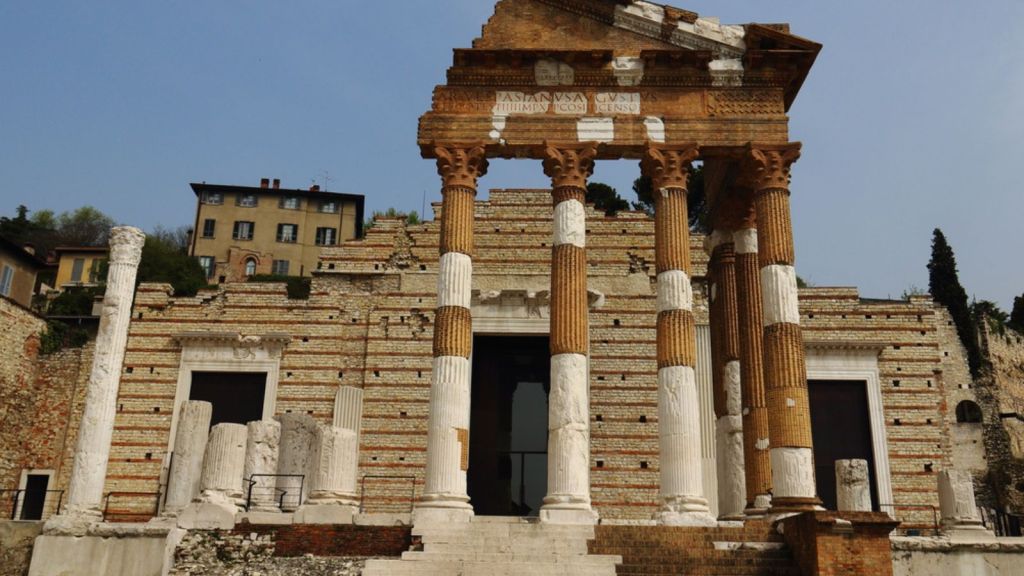“Unveiling the Shadows: 16 Surprising Secrets about the Dark Ages That Will Change Your Perspective!”
In this article, we’ll consider 16 realities of the Dark Ages that challenge the standard narrative. Prepare to have your assumptions tested as we explore a complex and often misunderstood era of human history.
1. Not So Dark After All

The term “Dark Ages” is itself a misnomer. While Europe experienced a decline in centralized power and literacy rates following the fall of the Roman Empire, significant advancements were made in other parts of the world. Islamic scholars, for instance, preserved and expanded upon classical knowledge, making breakthroughs in mathematics, astronomy, and medicine.
Meanwhile, the Tang Dynasty ushered in a golden age of art, literature, and technology in China. Gunpowder, paper money, and the compass were all invented during this period, showcasing a vibrant intellectual and cultural landscape far removed from the “darkness” often associated with the era.
2. Feudalism Wasn’t All Bad

Feudalism, a system of social hierarchy and land ownership, is often associated with oppression and inequality. While it certainly had its downsides, it also provided stability and social order in a time of upheaval. Lords offered protection to their vassals in exchange for loyalty and service, creating a network of mutual obligations that helped maintain social cohesion.
Furthermore, feudalism fostered a sense of community and belonging. The manor, with a lord’s castle, village, and surrounding farmland, was a self-sufficient unit where people lived, worked, and worshipped together. While life was undoubtedly harsh for many, the feudal system provided a framework for survival and cooperation in a turbulent world.












